The stick insects are part of the order Phasmatodea (from the Greek term phasma= ghost). There are about 2300 species of this insect known worldwide, mostly living in tropical and subtropical regions. In Italy the species is present Bacillus rossiusprecisely said Italian stick insect. This strange creature loves to live by camouflaging itself in the bushes, taking a vegetarian diet. For the naturalistic interest they hold among the enthusiasts, these branch-like insects they are often raised in terrariums.
In this article we discover how to recognize the stick insect in nature, its particular reproduction system and some tips for breeding at home.
What are stick insects
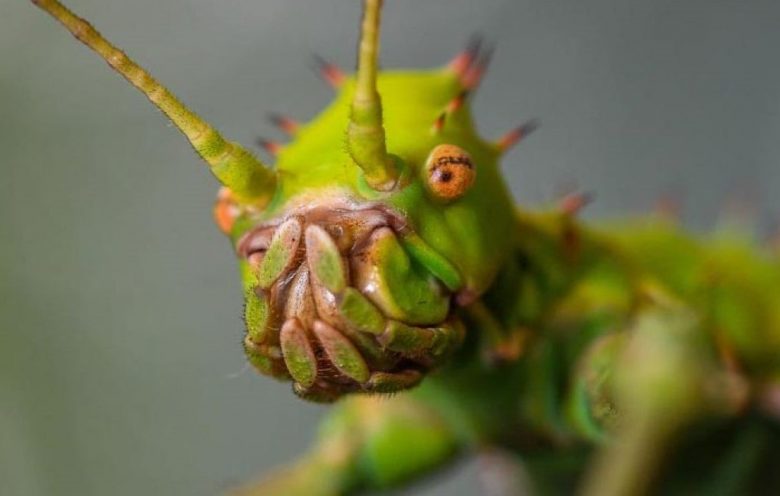
The order of the fasmoidea includes insects of medium and even large dimensions, such as the Asian species Palophus titanwhich with its more than 30 cm of length is among the longest living insects.
They imitate, both in color (homocromia) and in appearance (homotype), the vegetation of the plants on which they live. The body is very elongated and resembles a small stick, both in shape and in color, hence the nickname of stick insects.
There are also forms resembling leaves, called leaf insectsas in Phyllium asians. Still other forms have an unusual thorny appearance.
A common feature of these insects are the very developed legs, which complete their singular appearance.
The Italian stick insect (Bacillus rossius)

The main Italian species of stick insect is Bacillus rossiuseven if Clonopsis gallicus, the French stick insect, is also present in the major islands.
The Bacillus rossius it is wingless (apterous), with a colouration ranging from the light green of the juvenile forms, up to the green or brown of the adult individuals. The color of the insect varies not only according to the surrounding vegetation, but also according to the temperature, humidity and ambient brightness.
The head is small in size, with a prehistoric appearance, with very short antennae and protruding eyes on the sides. The legs are long and thin, while the rest of the body is elongated just like a stick.
Adult females measure around 10 cm (including legs), while males are smaller, around 6 cm in length.
Where the stick insect lives
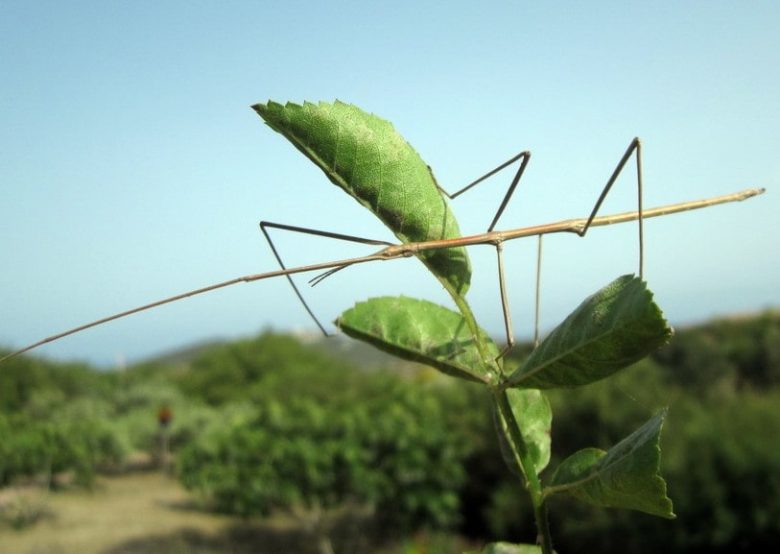
The stick insect lives in the patches of vegetation on the edge of the forest or countryside. His favorite host plants are those of Rubuslike the brambles and raspberries. Other plants in which it camouflages itself can be the corethe Cherry treethe Japanese medlarthe Beech treethe roses, the feijoa and the Apple tree.
What does a stick insect eat
Stick insects feed on the leaves of the plants they inhabit, without however causing particular damage to the vegetation.
It is a nocturnal insect that hides under the leaves during the day. Since it is not very mobile, it is easy to escape our attention, even if the natural populations are quite numerous.
How stick insects reproduce

The stick insect reproduces in two different ways.
In the northernmost ranges there are only female specimens, which reproduce autonomously, by parthenogenesis.
In the southern regions the populations are instead amphigonic.
In the latter mode, insemination takes place through a small spermatophore. The eggs have the appearance of small brown seeds, similar to those of borage, and are dropped to the ground at regular intervals of a few hours, on average 16 per day. The oviposition period lasts for a few months, with the females laying up to 1000 eggs in all. The ants contribute to the dispersion of the eggs in the territory by transporting them as if they were seeds (myrmecoria).
The stick insect and predatory birds
Stick insects are delicious prey for many bird species, such as the jay.
A study showed that the eggs of the stick insect they manage to survive in the acidic stomach environment of birds, just like plant seeds. The eggs of the Bacillus rossius and other species of stick insects are in fact coated with a sort of protective covering composed of calcium oxalate, a substance resistant to acids. In this way, the birds that prey on the fertile females contribute at the same time to the territorial spread of the species, digesting and defecating its eggs.
Life cycle
The stick insect completes two generations a year, with two ovipositions. Embryonic development usually lasts a few months, but it can last for more than a year for eggs that survive the winter. The insect reaches its final size after passing through 5 to 8 moults, after each of which it grows.
Adult stick insects in the wild do not survive the cold season, while in captivity they have a longer life expectancy, about 1 year. In fact, they live until the following spring, when the eggs of the second generation hatch.
How the stick insect defends itself
Stick insects have developed refined defense techniques from predators that are not limited to simple camouflage among the vegetation. For example, if the branches and leaves are moved by the wind, the stick insect hooks itself to the vegetation and sways with it, making itself even more unrecognizable. If, on the other hand, the danger of a predator is imminent, the insect pretends to be dead, letting itself fall to the ground. Another survival technique is that which allows the insect to detach some limbs from its body, for example after the attack on a leg by a bird.
From these defense techniques, of the passive type, we understand how this mimetic insect is not aggressive or dangerous at all, therefore completely harmless to humans. Also for this reason it is among the most widely grown insect species in terrariums, let’s see how.
Breeding of the stick insect in terrarium
To breed the stick insect in a terrarium (usually a couple), that’s enough a medium sized glass terrarium, for example 30x30x40 cm. You can find them for sale in pet stores, where, in addition to the most common species, Bacillus rossiusmore exotic species are also available.
Composition of the terrarium
Peaty soil mixed with river sand can be used as a base for the terrarium. It is important that the soil is sterile, i.e. not previously used for pot cultivation, as it is important to avoid the presence of microparasites.
Inside the terrarium, pieces of branch of various sizes should be placed, so that the stick insect can find easy grips. This aspect is important during moults, when the insect hangs upside down to take advantage of gravity. It must therefore have enough space underneath not to touch the bottom and not to suffer damage during the suit.
Temperature
The temperature of the terrarium should be kept between 20 and 25 ° C, with a high air humidity, between 60 and 70%. To keep the environment humid, water nebulisations are carried out, preferably in the evening. This also provides the water necessary for the insect. The terrarium will be placed in a not too bright place, keep in mind that the stick insect has nocturnal habits.
Diet
The feeding of stick insects is quite simple to find. In fact, fresh leaves, bramble or other plants mentioned above are enough. Be careful that the leaves are not treated with pesticides, so avoid collecting them on the edge of agricultural fields that use them.

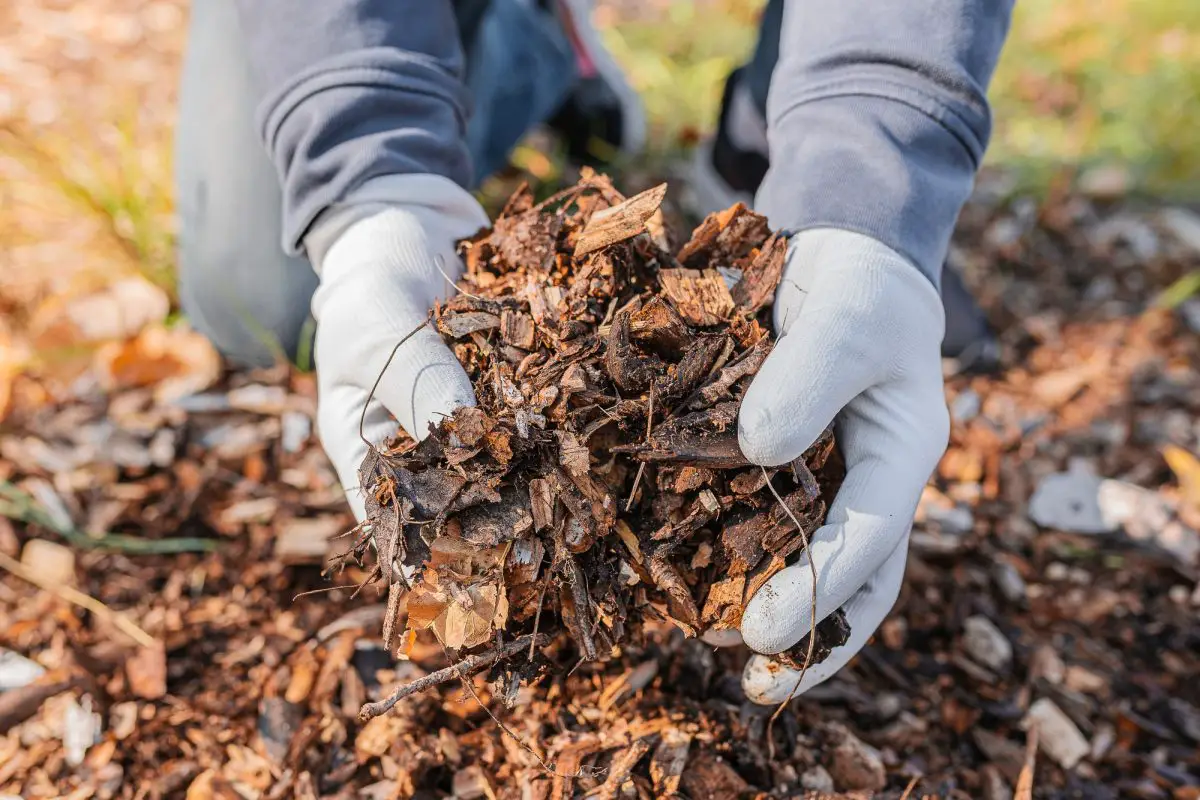
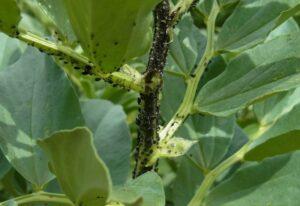
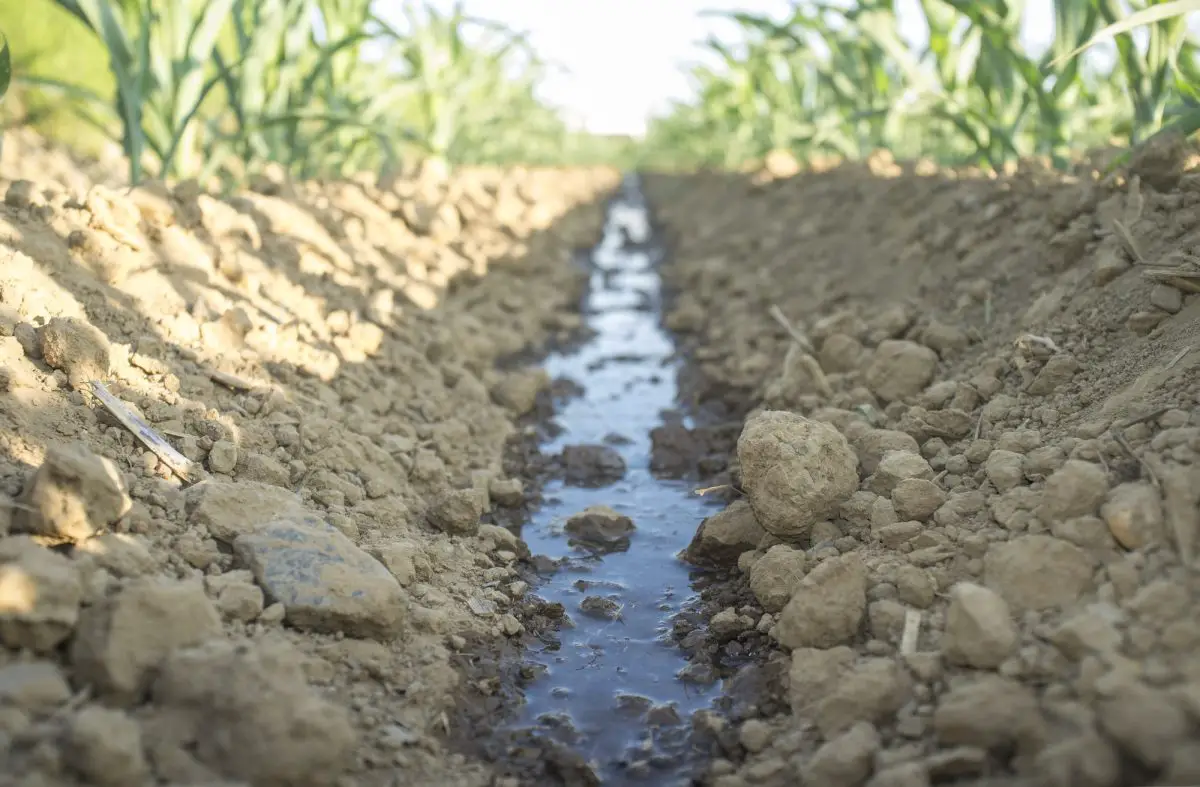
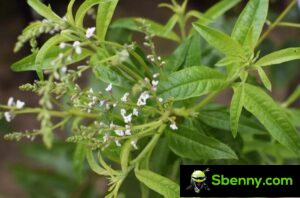
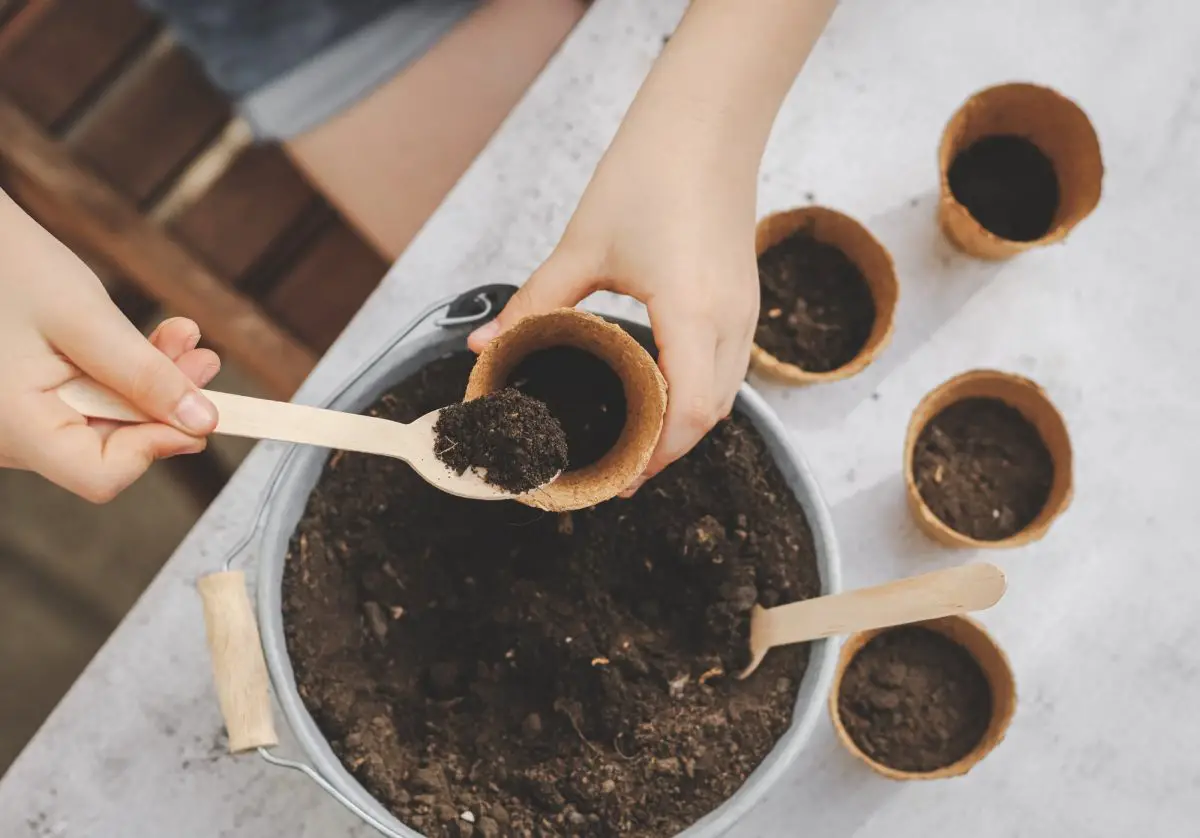
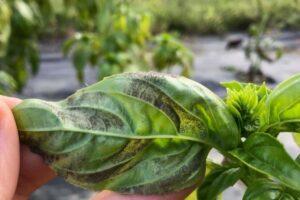
Start a new Thread